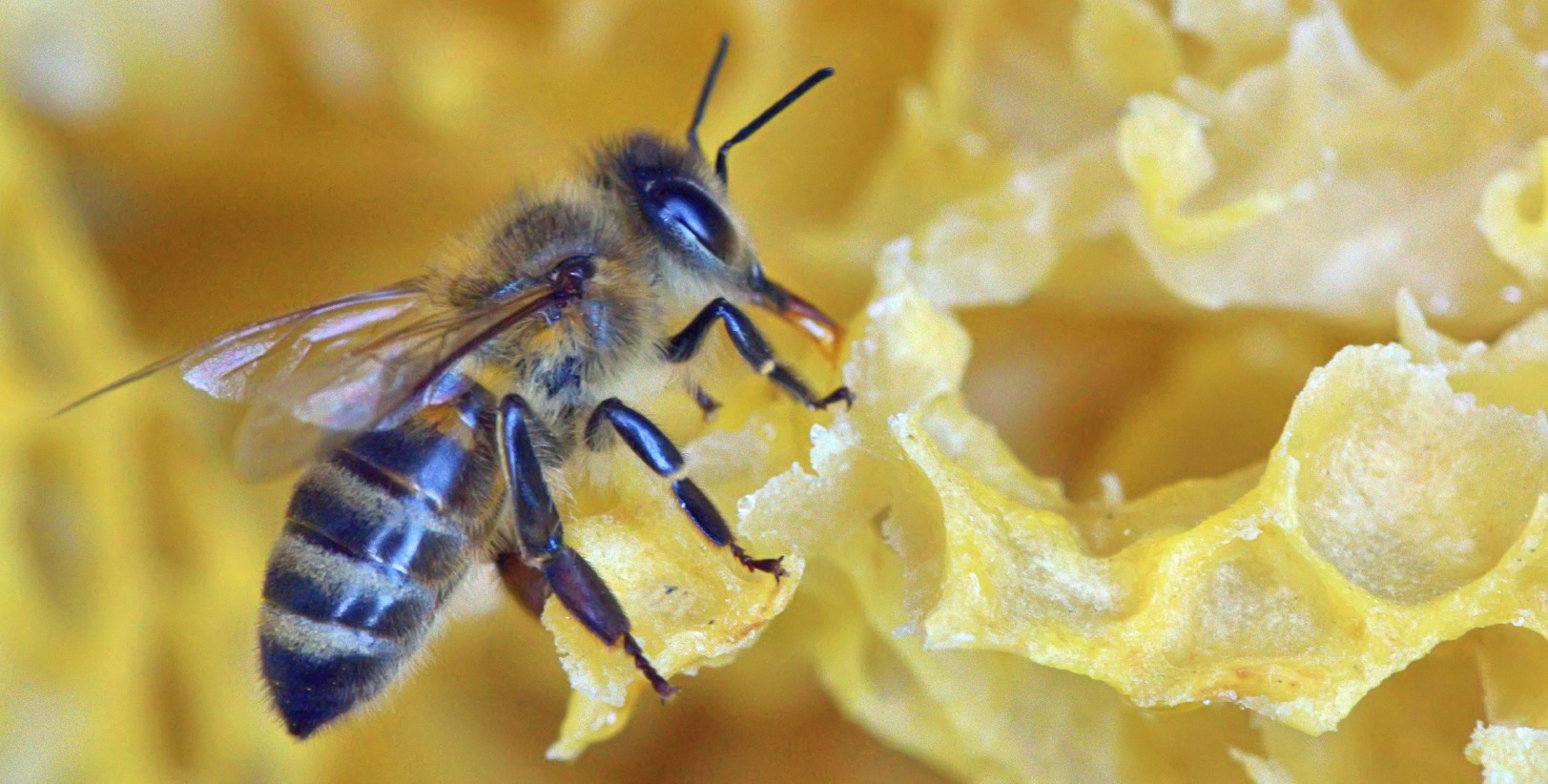Concerned about honeybee deaths, President Obama has appointed a Pollinator Health Task Force. Composed of representatives from 17 government agencies, the group’s goal appears to be a government initiative.
I wonder though whether we can just depend on the market.
The Honeybee Industry
Almost all of the honeybees in the US belong to commercial beekeepers. In beekeeping businesses, bee colonies are the production units that pollinate and produce honey. Sort of like managed livestock, the bees are loaded into huge 18 wheeler trucks as they “follow the bloom.”
On the West Coast, a beekeeper could start by pollinating a California almond field for three weeks, travel north to apples, pears and cherries, then strawberries, raspberries, blueberries and finally onward to the carrots. On the East Coast, trucks move from Florida’s citrus crop to Maine’s blueberries. (They travel at night when the bees are inactive and stay in their trucks.)
These are their routes. Looking at the dark green in California, you can think “almonds.”

The Honeybee Problem
Returning to the 3,000 honeybee colonies he left in Tampa, Florida for their winter rest during 2006, a Pennsylvania beekeeper saw that 2,000 had vanished. Phone calls to other beekeepers confirmed that he was not alone. With the calamity named Colony Collapse Disorder (CCD), the rest of the story is honeybee history. While colonies always had a die off rate–perhaps close to 14 percent, CCD upped it to 30 percent. More recently, the die-offs have continued at a lower level but the concern remains.
The Honeybee Solution
Scientist have hypothesized that mites or parasites or pesticides or early foraging by worker bees or deformed wing virus are possible causes of CCD. No one is sure. However, as economists we can decide whether media alarm is confirmed by market signals.
- Honeybees: Always coping with colonies that need replacing, beekeepers split hives, buy bee packages, and replace queens. With colony numbers remaining relatively stable, 2009 totals actually exceeded 2006.
- Honey product: The production of honey rose 2.4 percent from 2007-2010.
- Price of queens: Researchers looking at queens found that their prices have doubled since the mid-1960s, spiked during the 1970s, and displayed no price change pattern that correlated with CCD. We could say that the queen supply curve has been elastic.
- Price of pollination services: Again, there was no distinct connection between CCD and the fluctuation in pollination prices. Some cite the spike in almond pollination prices but the dates do not sufficiently correspond to the onset of CCD.
- Price of nuts and fruits: Using price as the “canary in the coal mine,” no evidence has emerged that CCD is threatening our nut, fruit and vegetable supply.
Our Bottom Line
Yes, CCD represented a supply shock that increased the cost of production. But as always, markets responded on their own with price changes creating productive incentives. Consequently, when the memorandum from the President suggests an action plan, we can start to worry that government could distort a market that is doing its job.






